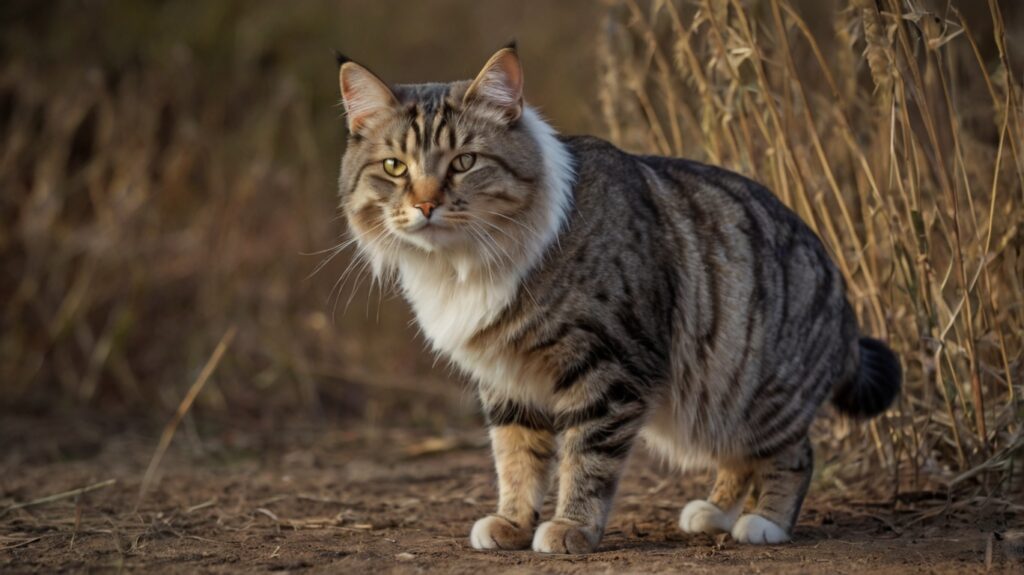Table of Contents
- Introduction
- The Lakota Bobcat in Its Natural Habitat
- Behavior and Morning Rituals
- The Importance of the Den
- Conclusion
- Frequently Asked Questions (FAQs)
Introduction
The Lakota Bobcat is a fascinating and elusive predator native to North American landscapes. Known for its agility and keen hunting skills, this wild feline often exhibits intriguing behaviors, especially during the early hours of the day. In this article, we explore the life of the Lakota Bobcat, focusing on its characteristic habit of waiting patiently atop its den, eagerly anticipating breakfast.

The Lakota Bobcat in Its Natural Habitat
The Lakota Bobcat thrives in diverse environments, from dense forests to open plains. Its adaptability allows it to find shelter and food across various terrains. Typically solitary, this bobcat establishes a den—often a concealed area under rocks, bushes, or hollow logs—that serves as a safe retreat. The den plays a critical role in the bobcat’s daily routine, especially during vulnerable moments like resting or waiting for food.
Behavior and Morning Rituals
One of the most captivating sights in the wild is observing a Lakota Bobcat perched atop its den at dawn. This behavior is more than just a casual rest; it’s a deliberate vigil as the bobcat waits for the right moment to begin hunting. Early morning is an optimal time for hunting small prey, and the bobcat’s alert posture reflects its readiness to spring into action.
The Importance of the Den
The den is not only a refuge but also a strategic location for the Lakota Bobcat. From this vantage point, the bobcat can survey its surroundings, detect potential prey, and avoid threats. Waiting on top of the den combines safety with visibility, making it an essential part of the bobcat’s hunting strategy and daily survival.
Conclusion
The Lakota Bobcat’s habit of sitting atop its den while waiting for breakfast highlights its patience, intelligence, and instinctive behavior as a skilled predator. Understanding these patterns deepens our appreciation of this remarkable feline and the delicate balance of nature it inhabits.
Frequently Asked Questions (FAQs)
Q1: What is a Lakota Bobcat?
A: The Lakota Bobcat is a wild feline native to North America, known for its solitary behavior and adaptability.
Q2: Why does the Lakota Bobcat sit on top of its den?
A: It uses the elevated position to watch for prey and stay safe while waiting to hunt.
Q3: What time of day is best to observe a Lakota Bobcat?
A: Early morning, especially around dawn, when it is most active in hunting.
Q4: What kind of prey does the Lakota Bobcat hunt?
A: Small mammals, birds, and sometimes reptiles form its primary diet.
